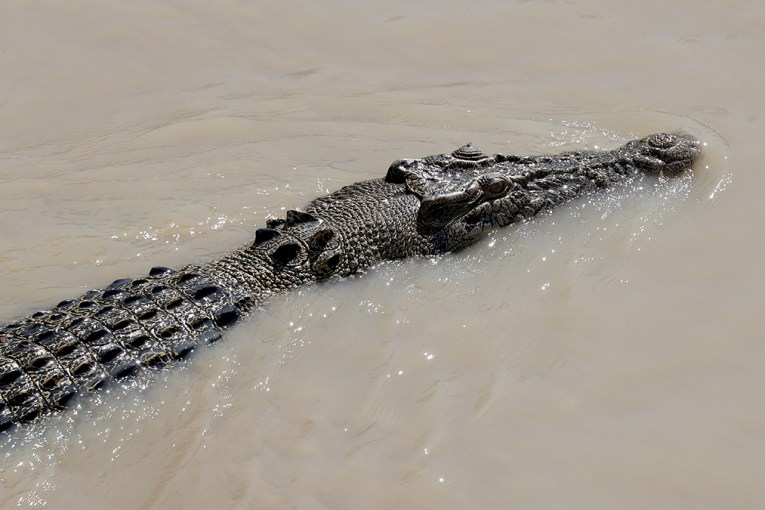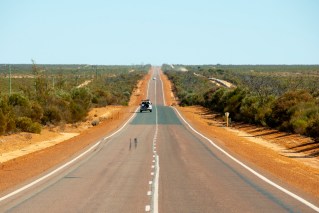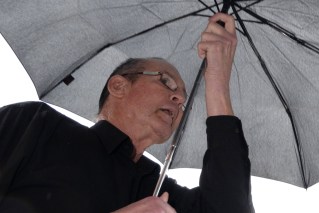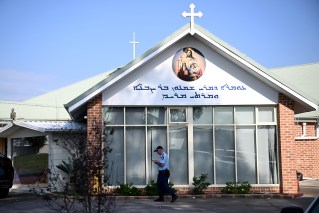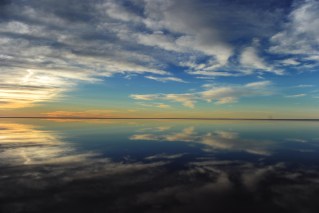Nine ways Bob Hawke’s government changed Australia
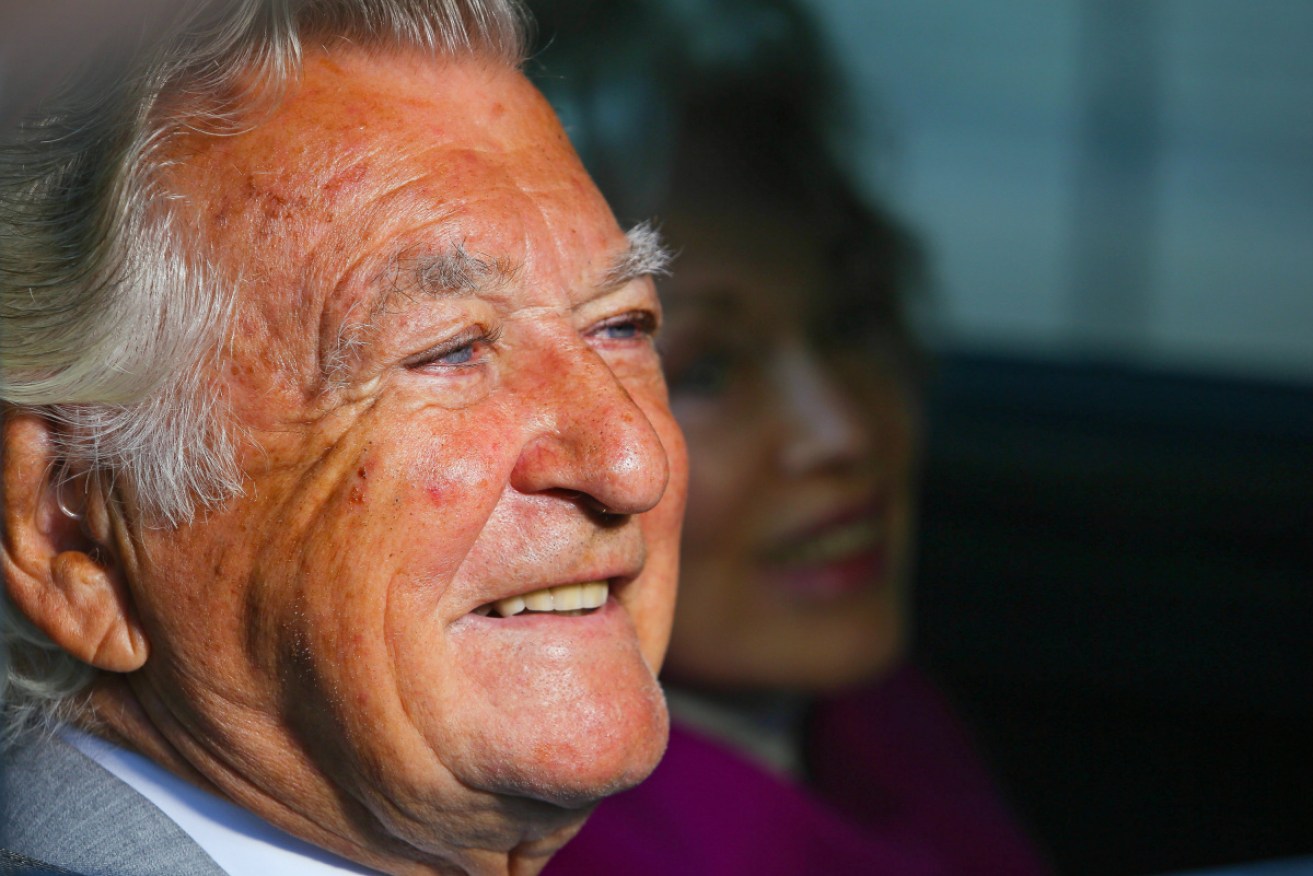
Bob Hawke was prime minister from 1983 to 1991, during which time his government brought in major economic and environmental reforms that endure to this day.
Take a look at some of the major moments from the Labor giant’s time in office.
1. Floating the Australian dollar
Often described as his most significant legacy, Mr Hawke’s newly elected government floated the Australian dollar on the global currency market in 1983.
Before that, the Aussie dollar’s value had always been pegged to that of another currency – first the British pound, then the US dollar.
The move was the first in a long line of deregulation undertaken by Mr Hawke and his treasurer Paul Keating, with some commentators saying it helped Australia avoid the impacts of the 1997 Asian financial crisis.

Bob Hawke and Paul Keating. Photo: National Archives of Australia
2. Opening the Australian economy to global competition
Mr Hawke was praised for modernising the national economy and integrating it into the global one.
He allowed the operation of foreign-owned banks and sold the state-owned Commonwealth Bank of Australia. He also removed controls on foreign exchange and Australian interest rates.
In 1989, Mr Hawke founded the Asia Pacific Economic Co-operation (APEC) forum to promote participation and growth in the region.
Reforms introduced by his government in 1990 and 1991 included opening Australia to competition in the telecommunications industry.
Mr Hawke also reduced all tariffs to 5 per cent and phased out protections for the textile, clothing and motor vehicle industries.
3. Launching Medicare
Mr Hawke announced Medicare in February 1984, bringing the scheme into line with the Medibank model originally introduced by Gough Whitlam but partially dismantled by Malcolm Fraser’s government.
Medicare became Australia’s first affordable, universal system of health insurance.
4. Striking IR agreement with unions
Despite being a former trade union leader, Mr Hawke made significant changes to industrial relations policy.
In 1983, the Australian economy needed restructuring and inflation needed to be brought under control, but Mr Hawke would face resistance from unions.

Bob Hawke as ACTU leader in 1976. Photo: Robert McFarlane
While his British counterpart Margaret Thatcher tackled them head on, Mr Hawke chose the path of consensus, striking the Prices and Incomes Accord.
The Accord saw unions agree to restrict wage demands in return for a government pledge to minimise inflation and implement social services.
The Hawke government’s other industrial relations policies involved award restructuring and the introduction of enterprise bargaining.
Supporters of the Accord pointed to reduced industrial disputes and access to superannuation. But the Accord had its critics.
The left decried it as “class collaboration”, while the right said wage growth slumped, and charged that the agreement did not go far enough in terms of flexibility in the labour market.
5. Giving the Commonwealth power over World Heritage sites
After beating Malcolm Fraser in the 1983 federal election, Mr Hawke passed the World Heritage Properties Conservation Act 1983 which, along with legislation already passed by the Whitlam government, enabled the Commonwealth to protect Australia’s world heritage sites from threatening actions.
The legislation used a section in the constitution that gave the federal government power to make laws with respect to external affairs – in this case an international treaty with UNESCO on world heritage sites.
Several states and territories opposed the act as it meant the Commonwealth’s powers would override their own.
The government then moved for world heritage listing of Tasmania’s forests and the North Queensland rainforests.
6. Saving Tasmania’s Franklin River from damming
Before the 1983 election, Tasmania’s Franklin River was listed by the world heritage committee as a world heritage site.
On his election and the passing of the new conservation act, Mr Hawke announced the river would not be dammed for a hydroelectricity development.

Bob Hawke speaks at a Melbourne rally protesting against damming the Franklin River. Photo: The Wilderness Society
The Liberal Tasmanian premier, Robin Gray, challenged the decision in the High Court. But on July 1, 1983, the High Court announced “there shall be no dam on the Franklin River”, answering conservation activists’ calls to “let the Franklin run free”.
The decision paved the way for an expansive use of the external affairs power to support a range of federal environmental legislation, including the current Environment Protection and Biodiversity Conservation Act 1999.
7. Banning uranium mining at Jabiluka, Arnhem Land
The Hawke government banned new uranium mining at Jabiluka, on the western border of Arnhem Land in the Northern Territory, and gave priority to the world heritage listing of Kakadu National Park.
The park was inscribed on the world heritage list in three stages, beginning in 1981 and concluding in 1992.
8. Outlawing gender discrimination in the workplace
In 1984 the Sex Discrimination Act outlawed sex discrimination in the workplace.
Mr Hawke appointed Susan Ryan to the portfolio of minister assisting the prime minister for the status of women and she served in the role from 1983 to 1988.

Australia’s first sex discrimination commissioner Pam O’Neill and Bob Hawke in 1984. Photo: National Archives of Australia
Mr Hawke and Ms Ryan also presided over the passing of the Affirmative Action (Equal Employment Opportunity for Women) Act 1986, which has since been superseded by the Equal Opportunity for Women in the Workplace Act 1999 and most recently, the Workplace Gender Equality Act 2012.
9. Proclaiming Advance Australia Fair, and showing his colours
Advance Australia Fair was adopted as Australia’s national anthem by the governor-general in 1984 on a recommendation from Mr Hawke.
The announcement followed a decade of debate, a national opinion poll in 1974 and a plebiscite in 1977.
At the same time, Mr Hawke announced that green and gold would be officially recognised as Australia’s national colours.

Bob Hawke with Olympic swimmers. Photo: National Archives of Australia
